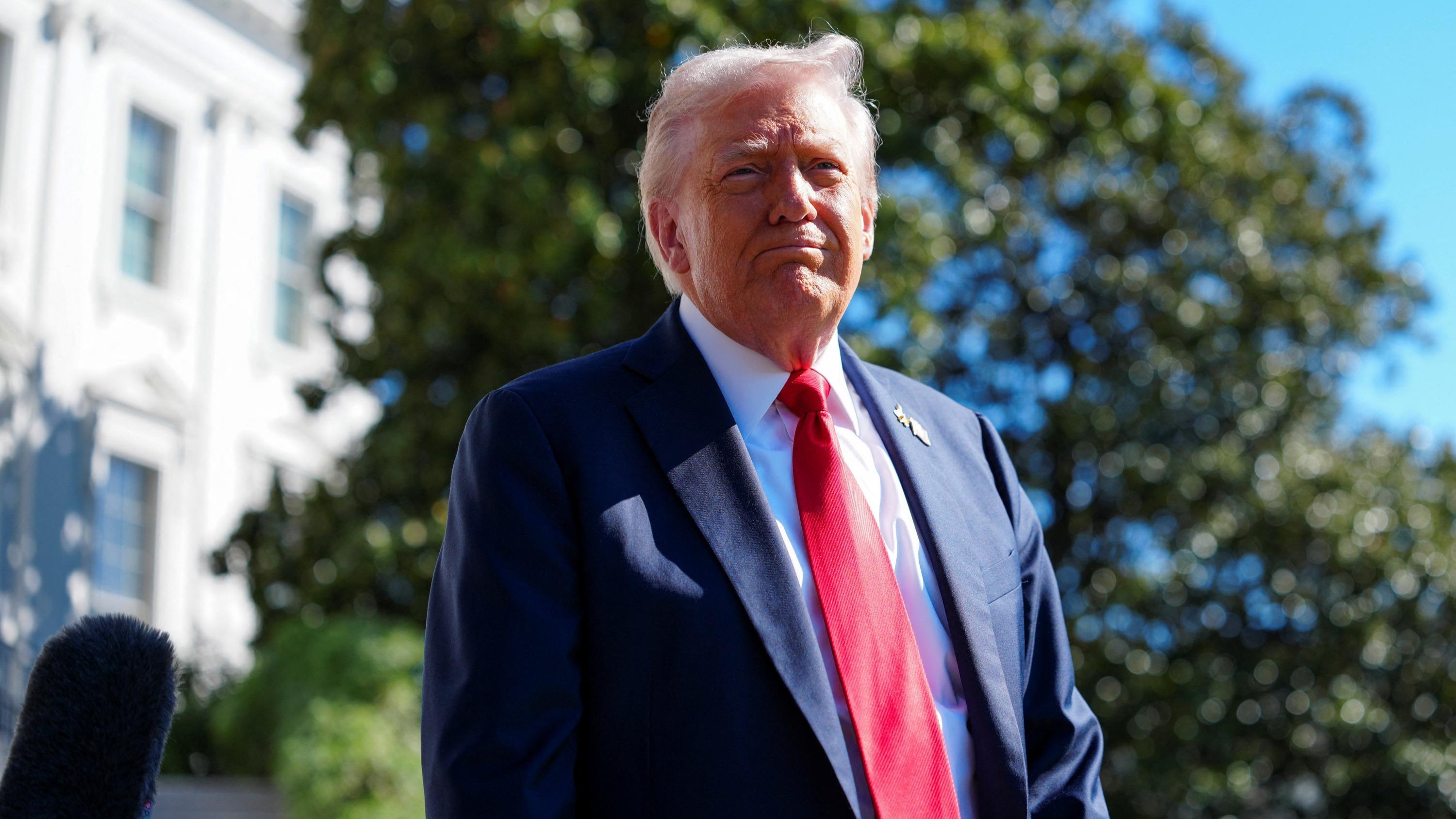Israel and Hamas Agree to First Phase of Trump-Brokered Peace Plan Marking Potential Ceasefire
Israel and Hamas have agreed to a U.S.-brokered peace plan initiating a ceasefire and hostage exchange, marking a hopeful step toward ending years of conflict.
- • Israel and Hamas agreed to the first phase of a peace plan proposed by Donald Trump.
- • The agreement includes a ceasefire, release of 20 hostages, and withdrawal of Israeli troops.
- • Hostages to be exchanged for nearly 2,000 Palestinian prisoners within 72 hours.
- • Negotiations took place in Egypt with mediation by Qatar, Turkey, and U.S. envoys.
- • The deal marks a diplomatic success for Trump, aiming for lasting peace and reconstruction of Gaza.
Key details
After two years of conflict marked by devastating violence, Israel and Hamas have agreed to the first phase of a peace plan brokered by former U.S. President Donald Trump. The agreement, announced on October 8, 2025, in Cairo, Egypt, envisions a ceasefire, the release of hostages, and the withdrawal of Israeli troops along a negotiated line, signaling a potential step towards a durable peace in Gaza.
Donald Trump declared on his social media platform, Truth Social, that both Israel and Hamas approved the initial phase of his plan, calling it a move towards "a solid, lasting, and eternal peace." He promised that all hostages would soon be freed and returned within 72 hours, including the return of deceased hostages' remains. Israeli Prime Minister Benjamin Netanyahu affirmed his commitment to bring the hostages home, while Hamas confirmed the agreement and urged strict adherence to its terms by all parties.
The deal specifies that 20 Israeli hostages will be released in exchange for nearly 2,000 Palestinian prisoners, including 250 life-sentenced inmates and 1,700 detainees arrested since the conflict began. Israel expects to receive some hostages as early as Saturday, though Hamas has indicated that locating the remains of others may take several days.
The negotiations took place in Sharm El-Sheikh, Egypt, with mediation support from Qatar and Turkey. Trump's diplomatic team, including his son-in-law Jared Kushner and U.S. Special Envoy Steve Witkoff, played key roles in facilitating these talks. Trump has also expressed plans to visit the Middle East to witness the signing of the accord, as requested by Egyptian President Abdel Fattah al-Sisi.
U.N. Secretary-General Antonio Guterres called for a cessation of hostilities to respect the accord, which comes in the aftermath of over a year of conflict resulting in tens of thousands of casualties on both sides. Trump has touted the agreement as a major diplomatic success, highlighting that previous administrations, including Biden's, failed to achieve such a breakthrough. He has positioned himself as a "president of peace," even pursuing recognition such as the Nobel Peace Prize.
While the initial phase is approved and underway, the agreement is set to be implemented in multiple stages, with further details and complex issues to be addressed going forward. The deal includes plans to disarm Hamas, rebuild Gaza without displacing its population, and maintain U.S. involvement in ensuring long-term stability and peace in the region.
As of October 9, 2025, the international community and involved parties are closely monitoring the implementation of this landmark agreement, hopeful that it will end hostilities and establish lasting peace after years of tragic conflict.
This article was synthesized and translated from native language sources to provide English-speaking readers with local perspectives.
Source articles (3)
Latest news
Bruno Retailleau Urges PM Sébastien Lecornu to Use Article 49.3 Amid Budget Stalemate
22-Year-Old Hacker Charged and Detained Over Major Cyberattack on French Ministry of Interior
PSG Set to Face Vendée Fontenay Foot in Coupe de France 32nd Final on December 30
Lille Edges Through While Lorient Dominates in Coupe de France 32nd Finals
Bayeux FC’s Historic 2-1 Upset Over Blois Secures Coupe de France Round of 16 Spot
Bpifrance's Strategic Role Bolsters France's Economy Amid Global Pressures
The top news stories in France
Delivered straight to your inbox each morning.


